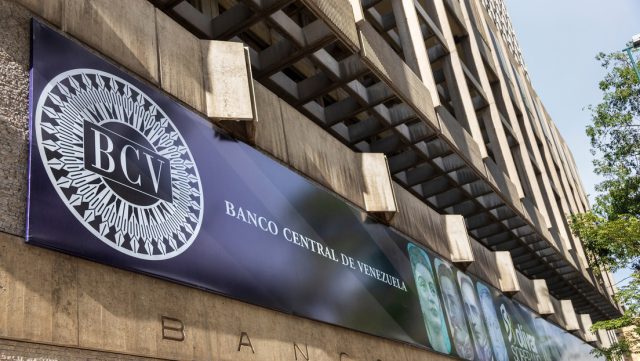The economy in Venezuela shows a new behavior with respect to the National Consumer Price Index (INPC), registering —for the fourth consecutive month— inflation below two digits. In addition, the figures for 2021 prove that the hyperinflationary crisis has come to an end, with monthly indicators below 50%.
In the most recent report of the Central Bank of Venezuela (Banco Central de Venezuela BCV) on the INPC it is detailed that, in December 2021, inflation stood at 7.6%, 0.8% less than that of November of the same year, which closed at 8.4%. In addition, the figure was 69.9 percentage points, lower than the same period in 2020, when it was set at 77.5%.
The four-month streak began in September 2021, when inflation hit 7.1%. Then, in October it was 6.8%, the lowest of the whole year, reports RT.
According to the monthly data released by the BCV, the month that marked the highest level of inflation in 2021 was January, with 46.6%. Since then, the index has gradually decelerated, with some monthly peaks not exceeding 35%.
The highest increases during the year, apart from January, were registered in February (33.8%), April (24.6%), May (28.5%) and August (19.8%). The other months marked the following figures: March, 16.1%; June, 15.7%; and July 16.7%.
The behavior of the INPC also shows that the hyperinflationary crisis – a phenomenon characterized by monthly inflation above 50% and sustained over time, at least for a year – has come to an end.
Decline in annual inflation in Venezuela
Regarding the accumulated annual variations of the INPC, the percentage of 2021 closed at 686.4%, four times less than that of 2020, which was 2,959.8%.
According to the historical records of the last five years, the gradual deceleration of the inflation in Venezuela began in 2019, when the INPC stood at 9,585.5% at the end of the year, a notable drop when compared to the 130,060.2% of 2018, the highest peak in recent history.
The hyperinflationary crisis deepened, in good part, due to the imposition of the financial blockade and the coercive measures of the United States against the Venezuelan oil industry, which caused a decrease of almost 100% of the foreign exchange earnings to the country, preventing the normal functioning of the economy.
The economic situation in Venezuela still has challenges ahead to operate at optimal levels, such as improving the salary conditions of the entire working class and addressing the levels of inequality among the population, which is divided between those who have access to foreign exchange and those who do not, but daily life does show signs of greater dynamism and development.
This evident improvement is driven by labor diversification initiatives by the working class, private investment and the promotion of micro-enterprises, while the State is committed to reducing fuel subsidies and the oil industry gradually increases the daily production levels of fuel oil and fuel refining.
The priority is the use of local currency
Last December, the Executive Vice President and also Minister of Economy and Finance of Venezuela, Delcy Rodríguez, proposed to Parliament a bill to partially reform the tax on large financial transactions, which aims to privilege the use of the local currency, the bolivar.
The Executive’s proposal, which must be discussed and approved by parliament this year, is in line with the economic measures and actions applied in 2021, aimed at strengthening the bolivar and boosting the country’s productive loan portfolio.
Rodríguez said that the creation of the new monetary expression, known as the ‘bolívar digital’, made it possible to recover payments in bolivars, with a record of 80% of transactions in local currency within national commerce and highlighted the resurgence of the oil industry, which has managed to produce more than a million barrels per day, amid the strict US sanctions.
For this reason, the senior official declared that 2022 «will be the year of the definitive recovery of the bolivar as the national currency» in the face of de facto dollarization; and the first of «a new era of growth, of hope, of blossoming» with a diversified economy.


